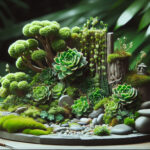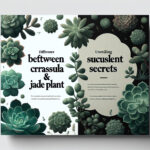Introduction to Crassula Lifespan
Welcome to the verdant world of Crassula, a genus that hosts some of the most charming succulents adorning our homes and gardens. These tenacious little plant friends have a knack for sticking around, making them a favorite among those with a fondness for greenery that endures. You might be wondering, “How long do crassula live?” Let’s dive into the heart of their resilience and discover what makes Crassula plants cherished for their impressive lifespans.
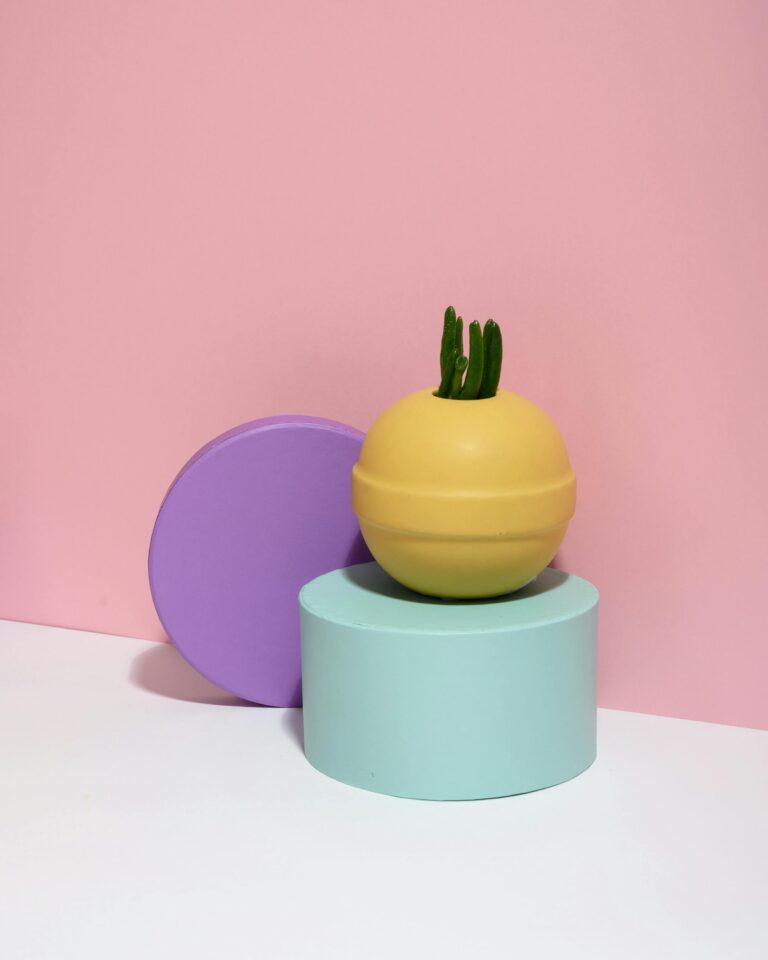
Picture this: a Crassula ovata, also known as the jade plant, sitting stoutly on a windowsill, basking in the gentle morning sunlight. This isn’t just a fleeting snapshot; that jade plant could very well be a silent witness to years, if not decades, of the family history unfolding before its glossy leaves. Crassula plants, when given the right care, can live for a remarkably long time. In fact, it’s not unusual for these succulent sensations to live on for 20, 30, or more years, becoming a legacy passed down through generations.
Their secret? An incredible adaptation to survive in arid environments, their plump leaves store water, allowing them to withstand times of drought. These plants aren’t just about longevity; they are about a low-maintenance companionship with their caretakers. Crassula’s ability to endure—and even thrive—in relatively harsh conditions speaks to their popularity among those who appreciate beauty without the fuss.
So, whether you’re an experienced horticulturist or a casual plant enthusiast, understanding the lifespan of Crassula plants is essential. These succulents don’t just survive; they thrive, and with just a little attention, they will provide green splendor to your living space for years to come. Stay with us as we unravel more about the remarkable endurance of these fascinating plants.
Defining the Crassula Family
When one asks, “How long do crassula live?” they are delving into a genus as diverse as it is captivating. The Crassula family encompasses a spectrum of unique and resilient plants that share the same moniker but boast individual features defining their longevity. Within this extensive plant clan, species range from the towering Crassula arborescens, the proud Silver Dollar, to the diminutive Crassula muscosa, whimsically known as the Watch Chain. This medley of species, each with their unique biological blueprint, shapes the answer to our central inquiry of their lifespan.
Take for instance the Crassula ovata, commonly referred to as the Jade Plant or Money Tree. It’s a household favorite due to its luscious green leaves and symbolic association with prosperity. In ideal conditions, this succulent can live for decades, becoming a cherished legacy in homes and gardens. Contrast that with the Crassula capitella, also known as Campfire Crassula, which enchants with its fiery red leaves. While it may not rival the age of its cousin, it certainly competes in visual splendor.
It’s this diversity that fascinates enthusiasts and botanists alike. Each Crassula species carries its own set of instructions for growth and longevity. The secret nuances to nurture each one can be as varied as the plants themselves. For gardening aficionados seeking information on how to encourage these succulents to thrive, the “Nurturing Your Crassula: Essential Tips for a Thriving Plant” offers invaluable insights.
Diving into the world of Crassula, we uncover an ecosystem brimming with versatility. Whether rooted in sandy soils under the scorching sun or perched on a windowsill, these plants demonstrate a tenacious will to thrive. Understanding the nuances of each variety is key to unlocking the potential of how long a Crassula plant can decorate our world with its verdant beauty.
Typical Lifespan of Crassula Plants
Ever wondered about the age of that lush Crassula sitting elegantly on your windowsill? Crassula plants, the botanical buddies known for their plump leaves and sturdy build, are more than just a pretty face; they are succulent sages that can span several fruitful decades in ideal conditions!
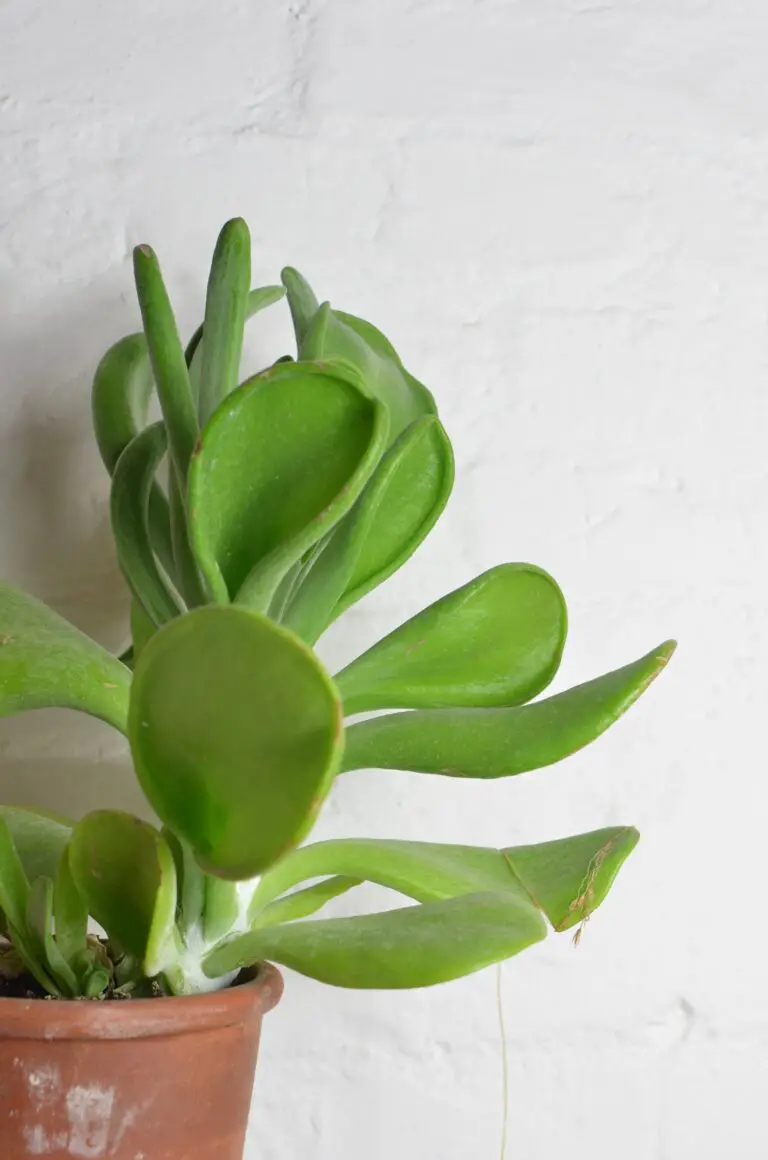
Let’s dive into the green world of these enduring plants. The average Crassula can wave hello to the ripe old age of 15 years, but don’t be surprised if you’re blowing out more than 50 candles on some of their birthday cakes! Of course, this assumes they’re soaking up the love with the right mix of sun kisses, occasional sips of water, and a cozy pot to call home.
Consider the popular Jade Plant, also known as Crassula ovata. This plucky plant doesn’t just survive; it thrives, with many reaching a venerable 20 years or more. In fact, there’s a well-whispered tale of a Jade Plant heirloom in the botanical community that’s been handed down for generations, outliving its initial caretakers by continuing to sprout its waxy, wisdom-filled leaves.
Across the Crassula genus, the lifespan can vary like a desert horizon. Why not discover more about these tenacious plants and how with just the right care, you can foster a miniature forest that lasts a lifetime? For some top-notch care tips, check out our guide on Crassula Care Mastery.
The secret to their longevity isn’t just in their robust nature; it’s in their versatility. You’ll find Crassula in frosty alpine nooks or basking in arid tropical sunlight. With such adaptability, it comes as no surprise that Crassula plants have mastered the art of sticking around, enchanting plant enthusiasts for years on end.
Key Factors Influencing Crassula Longevity
Have you ever wondered what the secret is behind a Crassula that lives a long and luscious life? Let’s dive into the essentials of Crassula care, where a few key ingredients determine the longevity of these charismatic plants.
Watering Wonders: Getting the watering regimen right is like finding the holy grail for Crassula survival. These succulents crave a ‘soak and dry’ method; imagine a desert downpour followed by sun-baked soil. Overwatering can be the Achilles’ heel of a succulent, leading to root rot, while under-watering causes them to wither. Imagine a tightrope walker balancing gracefully—that’s your Crassula, thriving on the edge with just enough hydration.
Let There Be Light: Sunlight is to Crassula what spinach is to Popeye—it’s a superfood. These sun-seekers revel in at least four to six hours of indirect sunlight daily. Picture a sunbather lounging comfortably in the morning glow, and you’ve got a happy Crassula basking in its ideal light conditions.
Soil Situation: Just as a firm foundation is vital for a skyscraper, the right soil mix is crucial for Crassula plants. They yearn for a well-draining, sandy substrate that’s the botanical equivalent of a comfy, breathable cotton shirt. It allows for quick water runoff and offers enough aeration for roots to avoid soggy situations.
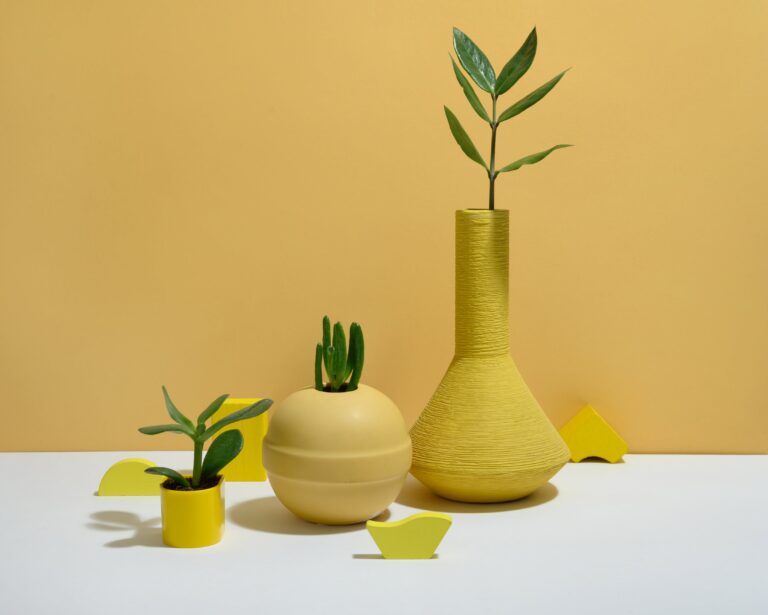
Temperature Tactics: These succulents don’t get cold feet easily. They prefer the warm embrace of a climate between 65 and 75 degrees Fahrenheit. Think of it as their personal spring season year-round. However, they’re no strangers to chills and can withstand cooler nights down to 50 degrees, just as we might throw on a sweater when the sun sets.
Common Issues — Combat Strategies: Life isn’t always a bed of roses—or a pot of Crassula, for that matter. Pests like mealybugs and spider mites can throw a spanner in the works. It’s like hosting an unwanted house party with these critters as gatecrashers. The solution? A vigilant eye and natural or chemical remedies to show these party poopers the door.
From proper hydration habits to sunbathing schedules, mastering these factors can see your Crassula reach their zenith, age gracefully, and perhaps outlast your favorite jeans. Isn’t it amazing what a little informed care can achieve for these enchanting plants?
Optimal Care for Maximum Longevity
Welcome to the green-thumb guide to extending your Crassula’s life to the fullest. Just like mastering any skill, nurturing a thriving Crassula involves a blend of knowledge, instinct, and a sprinkle of love. Let’s dive into the essentials that will turn your Crassula into an enduring green companion.
Pruning: Snip Your Way to Health
Imagine you’re a hairstylist, but for plants! Pruning your Crassula isn’t just about keeping up appearances; it’s a strategic move to encourage new growth and prevent overburdening the plant. By trimming away dead or yellowing leaves, you ensure that your plant’s energy is directed to the vibrant foliage. Remember, a little snip here and there can lead to lush, full growth that stands the test of time.
Repotting: Room to Grow
Think of repotting as upgrading your Crassula’s home. It’s about giving it the space it needs to stretch its roots. You wouldn’t want to live in a cramped space, would you? Neither does your plant. Most Crassulas need a new pot every two to three years—a process that rejuvenates their soil and their spirit. Choose a pot that’s slightly larger than the current one, and your Crassula will thank you with years of steady growth.
Fertilizing: The Gourmet Diet
If you’re the type who loves to spoil their plants, then fertilizing is your secret weapon. But even plants can have too much of a good thing. A balanced, slow-release fertilizer applied at the right time of year—typically at the beginning of the growing season—can make all the difference. It’s like providing a gourmet diet that ensures your Crassula thrives and flourishes year after year.
Master these care routines and watch as your Crassula turns into an age-defying wonder. With the right amount of love and science, your green buddy will be a testament to the saying, “With age comes beauty.”
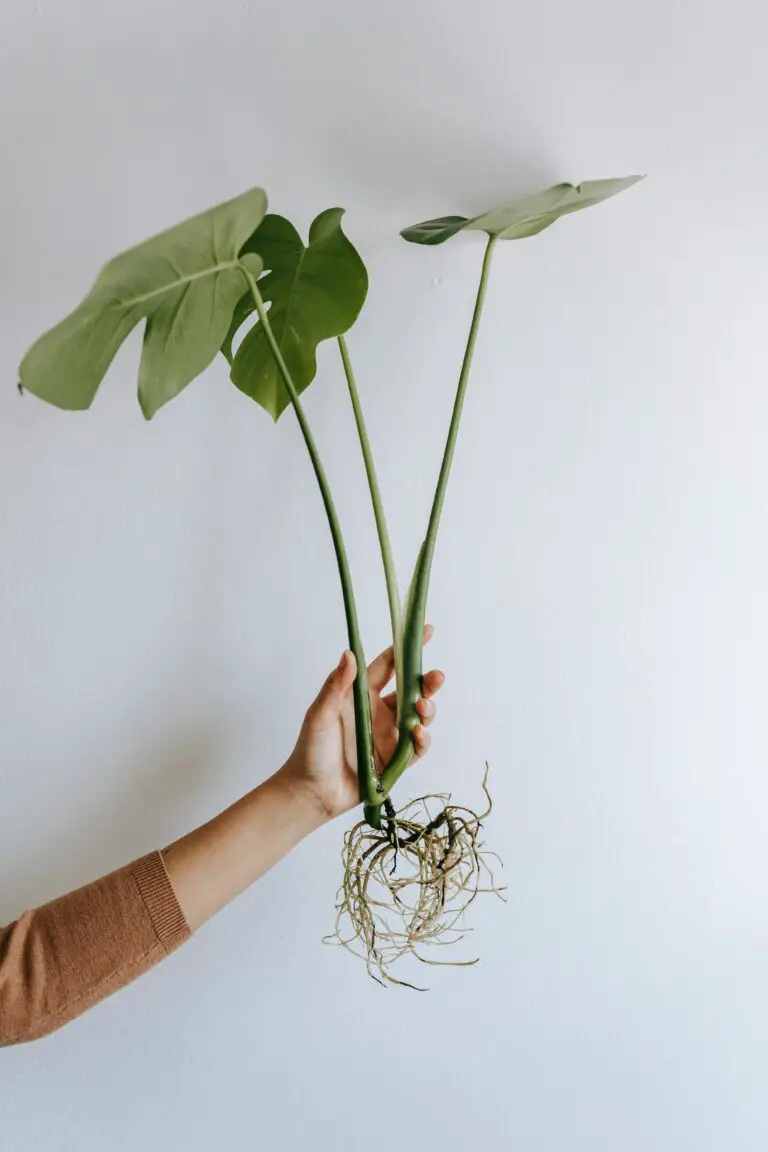
Recognizing the Growth Stages of Crassula
Imagine you’ve just sown a handful of Crassula seeds. What happens next? Just as a caterpillar transforms into a butterfly, these tiny specks embark on an incredible journey through various stages of development, each one vital to their ultimate goal: becoming a robust, mature Crassula plant. Let’s take a front-row seat to witness the captivating lifecycle of these resilient plants.
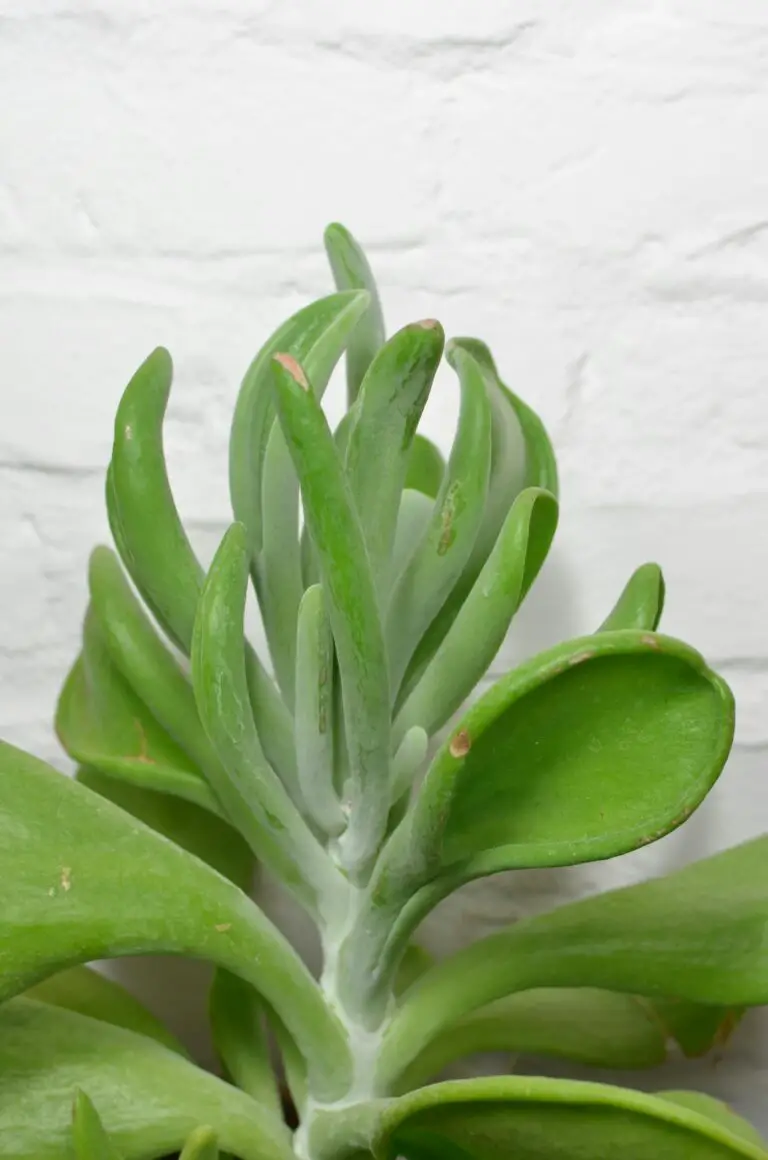
The first act opens with the germination stage. After a cozy slumber beneath the soil, the seeds awaken, fueled by moisture and warmth. Taproots dig into the earth like anchors, while tiny green shoots reach up towards the sun. This is their debut, a tender seedling unfurling its diminutive leaves—a miniature prelude of the shape of things to come.
Then comes the growth spurt of the juvenile stage. It’s a time of great change where these youthful plants start to assert their presence, often doubling in size. Here, they’re like teenagers, sprouting new leaves and branches with an eagerness that speaks to their zest for life. Not quite full-fledged adults, yet no longer just sprouts, juvenile Crassulas are in the prime of exploring their potential.
Before you know it, the plants reach adulthood. At the mature stage, their growth slows, but don’t be fooled: it’s a sign of stability rather than stagnancy. During this phase, the Crassula is at its zenith of endurance, often spreading outwards to claim its territory or upwards to graze the skies. The plant is no longer focused only on growing bigger but on becoming more resilient, casting sturdy roots and a robust body to weather the ebbs and flows of life.
Throughout these stages, the plant’s overall well-being and longevity are shaped by external factors like sunlight, water, nutrient availability, and temperature. Indeed, the lifespan of a Crassula can vary widely. Some may live for a mere handful of years, while others may witness decades pass by, becoming silent, stalwart attendants to the passage of time in our homes and gardens.
Extending the Life of Your Crassula
Imagine your Crassula as a botanical companion, its resilient leaves reaching for the sun year after year. The thought alone brings a sense of tranquility to any green-thumbed individual. But the question looms – how do you ensure this serene scene doesn’t wilt away prematurely? Let’s turn that curiosity into actionable knowledge with advanced care techniques and a strategy to Prevent common issues that can decrease the lifespan of your treasured Crassula.
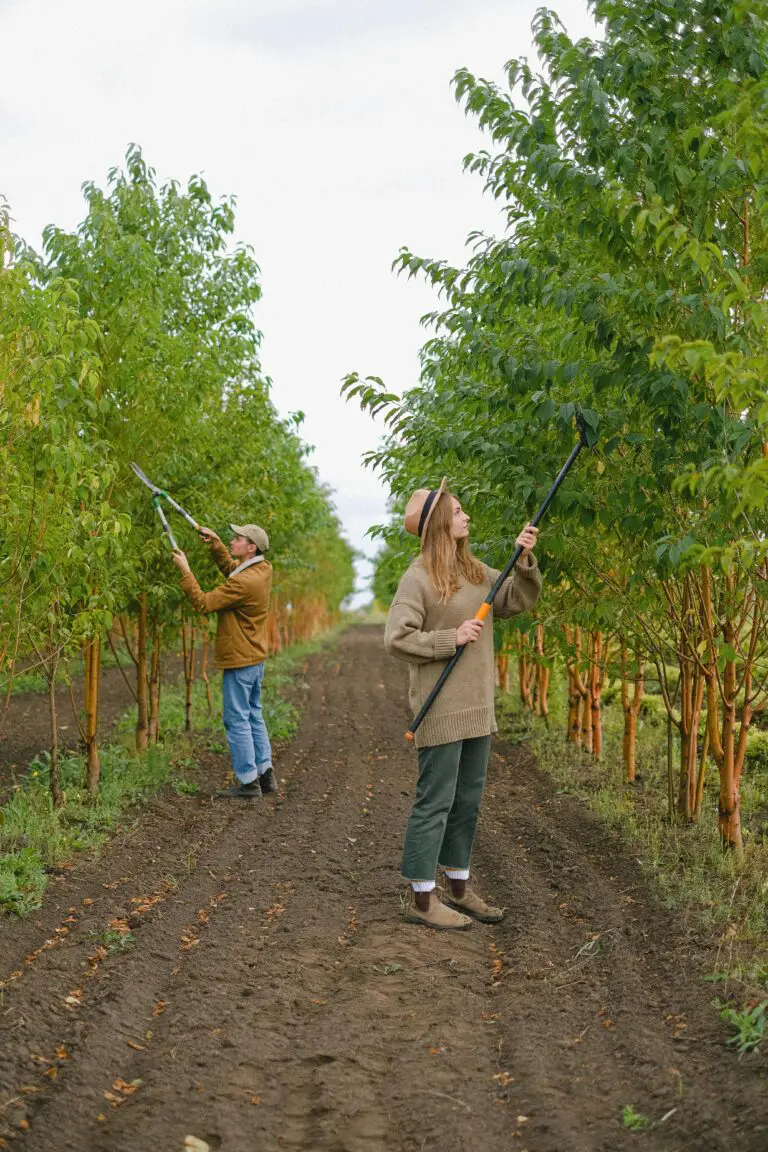
Hold the secateurs, we’re not just talking about pruning – although that’s certainly a valuable skill to have in your repertoire. No, we’re referring to the diligent attention and strategic care that sets apart the thriving Crassula from the struggling one. For instance, consider the artful balance of sunlight. Too little and your Crassula might as well be living in Plato’s cave, philosophizing about the nature of light rather than basking in it. However, too much and you’ll find your verdant friend with sunburn – a realistic problem even for plants!
The Nexus of Nutrition and Hydration
Fertilizer is the crème de la crème of a Crassula’s diet, a veritable banquet of nutrients that propels growth and fosters resilience. But like any good diet, moderation is key. Too much indulgence can lead to nutrient burn, an ailment as concerning as it sounds. The solution? Slow-release formulas structured to meet the plant’s needs without overwhelming it. And water – envision it as the elixir of life for your Crassula. Overwatering can drown your plant in good intentions, so ensure the soil dries appropriately between waterings. Imagine the trill of success as you strike the perfect moisture balance, a testimony to your gardening prowess.
Fortified Against Foes
Pests and diseases are the arch-nemeses of your leafy ally. Aphids, mealybugs, and the like can be the supervillains in this garden tale, but fear not – with vigilance and the right choice of organic pesticides, you become the superhero in this plot. Regular inspections and a gentle wipe down with a soft cloth can save your Crassula from the grips of these malevolent creatures. Treat your plant to a spa day; think of it as preventative medicine, a way to rejuvenate its leaves and stem, guarding against potential threats that lurk unseen. And while you’re at it, forge a strong offensive line by boosting your Crassula’s immune system with a mix of sunlight, proper nutrients, and tender loving care.
Remember, the journey to extend the life of your Crassula is a rewarding one. It’s a testament to your commitment and a celebration of life in its leafy form. So here’s to many more years of shared growth and flourishing beauty!
Comparing Lifespans: Crassula vs. Other Succulents
When it comes to longevity, not all succulents are created equal. The Crassula family, with its remarkable resilience, often outshines its cousins in the grand timeline of growth. But what makes a Crassula potentially outlive other popular succulents? Let’s get into the roots of this verdant puzzle and compare the lifespans of these easy-to-love plants.
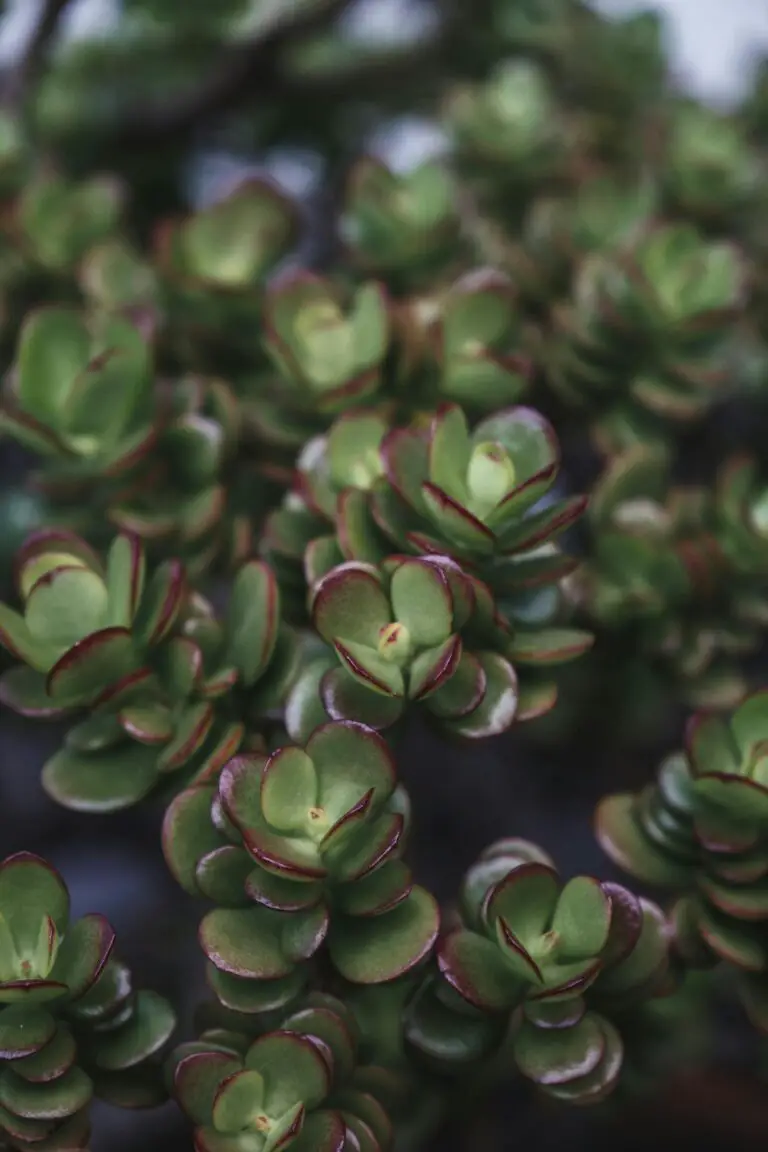
Take the vibrant Echeveria, for example, a genus that captivates with its rosette form and myriad of colors. An Echeveria can live up to 5-10 years, thrilling its caretakers with its slow-motion bloom. On the other end, you have the Crassula which, under the right conditions, can thrive for decades, turning from a tiny potted pet into a statuesque botanical masterpiece.
Why this disparity? Well, it boils down to their intrinsic survival strategies. Succulents like Aloe and Sempervivum are programmed to reproduce quickly, often shortening their individual lifespans for the success of the species. Conversely, Crassula invests in a sturdy, enduring stem and robust leaf growth, designed to withstand the tests of time.
Consider the whimsical Crassula ovata, commonly known as the Jade Plant. Legend whispers of Jade Plants that have seen more than a century, passing through generations of indoor gardeners. While not all specimens will reach such mythic ages, with minimal care, these stout succulents can very well become a lifetime companion.
It’s this versatility and hardiness that give Crassula plants the edge. They’re the stalwart guardians of the windowsill, asking for little yet giving so much back in their long-standing splendor. It’s no wonder they’re favored by both novices and green thumbs, presenting a living legacy that can be cherished for years on end.
Frequently Asked Questions
Embarking on the journey with Crassula plants, you might find yourself wondering about their longevity and characteristics. Let’s demystify the life cycle of these succulent beauties by delving into some of the most common questions plant enthusiasts have.
How can you tell the age of a Crassula?
Unlike towering trees with their tell-tale rings, aging a Crassula isn’t an exact science. These succulents don’t have growth rings, so we look at clues like their size, the number of branch segments, and overall growth pattern. A mature Crassula, with its robust woody stem and dense foliage, could have been thriving for decades, while a more modest specimen might still be in its youth.
Do Crassula plants die after flowering?
It’s a myth that all Crassula plants meet their demise post-blossom. While it’s true that the monocarpic species bid farewell after their spectacular flowering finale, many Crassula varieties continue to live and grow. They may just need a little trim and care to encourage new growth and keep the life party going!
Ever observed a blooming Crassula? It’s not just a floral show; it’s a robust burst of life energy, signifying that the plant is well and thriving. And yes, even after the flowers wilt, these resilient succulents can persist, ready to surprise you with another bloom cycle when conditions are right.
What are the signs a Crassula is nearing the end of its life?
Aging in Crassula can be subtle, but certain signs do hint at a sunset phase. Watch for a slowdown in growth, fewer leaves, or perhaps a general decline in the plant’s appearance. Just remember, even at this stage, with proper care, these plants can be rejuvenated and may continue to add a touch of green to your space for a while longer.
Understanding the lifecycle of your Crassula can be as fascinating as the plant itself. To help you gain even deeper insights, take a look at this insightful video showcasing the remarkable resilience and adaptability of these succulent wonders.
Armed with the answers to these questions, and an informed appreciation for the Crassula’s lifecycle, you’re better equipped to nurture these plants. Just as each Crassula is unique, so is their journey through life—a remarkable story of survival and persistence.
